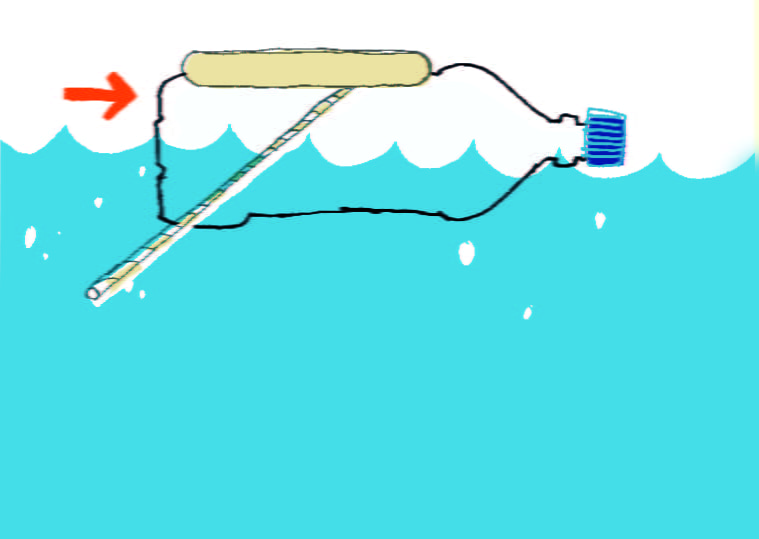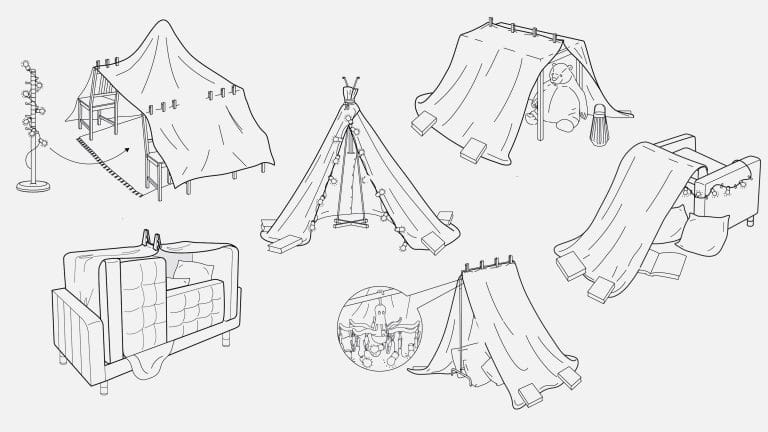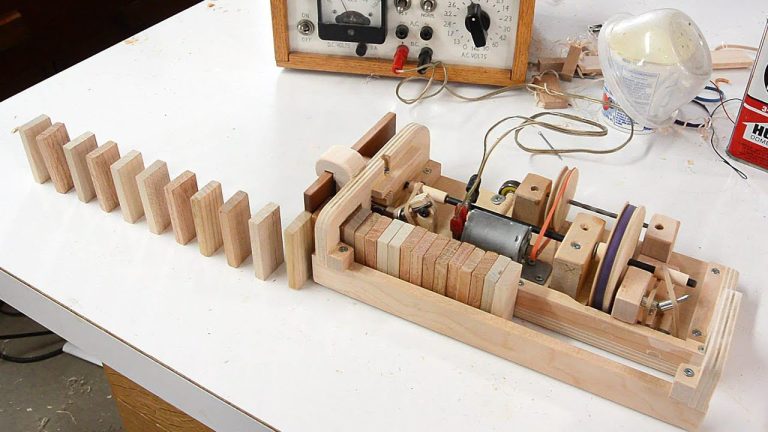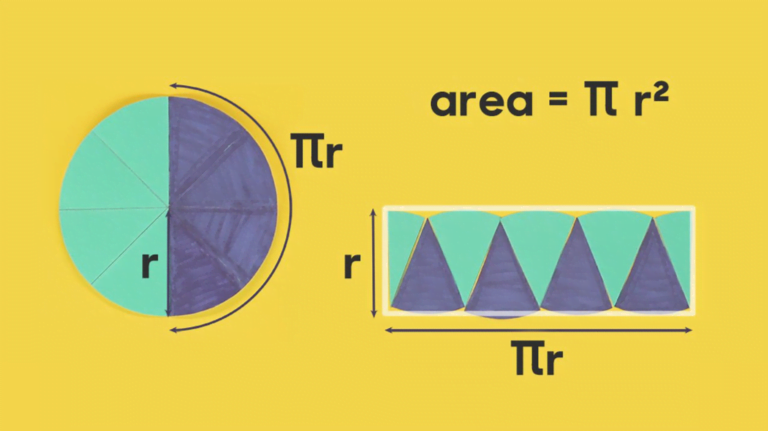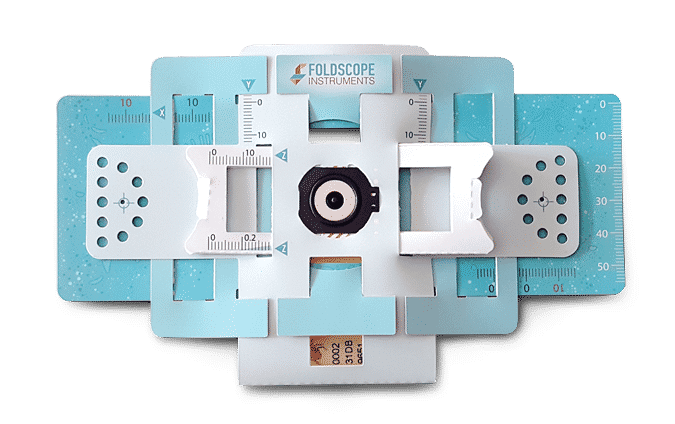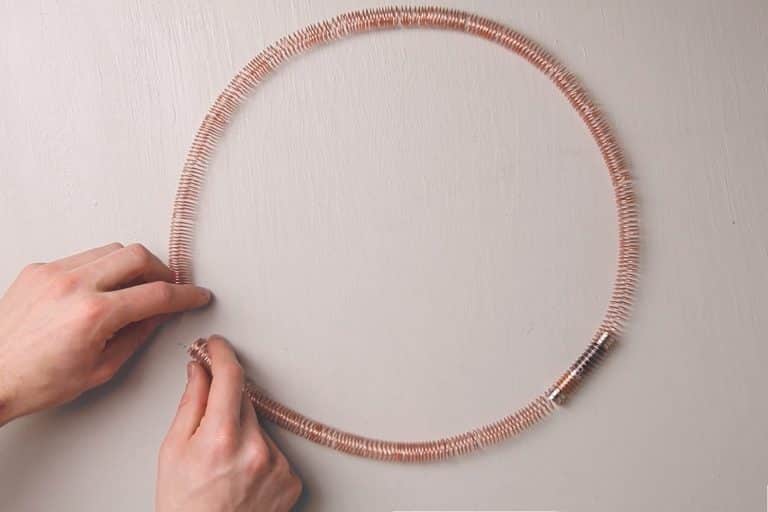Build a boat powered by a chemical reaction.
How does it work?
When the vinegar and baking soda come into contact, a chemical reaction occurs and carbon dioxide is released. This causes pressure to build, gas to be forced down the straw and the boat to be propelled across the water.
Design icons
Rockets use a chemical reaction during lift off. Combining fuel and oxygen causes combustion and exhaust gases are released. These gases exit the engine nozzle at high speed and push the rocket skyward.
Ingredients:
- Small plastic bottle
- Tape
- A cork
- Two popsicle sticks
- Scissors (with adult supervision)
- A drinking straw
- Vinegar
- Baking soda
- Somewhere to sail it – such as a bath tub or sink
STEP 1
Tape the cork and popsicle sticks together to form a triangle.
STEP 2
Tape the triangle to the middle of one side of the bottle.
STEP 3
Make a hole in the end of the bottle, at the opposite side to the triangle, so it will sit below the water.
STEP 4
Push the drinking straw through the hole so the end inside the bottle touches the inside wall.
STEP 5
Pour in vinegar and add baking soda. Screw the bottle top back on tightly.
STEP 6
With a thumb covering the end of the drinking straw, shake the bottle.
STEP 7
Once the reaction starts, drop the boat in the water and watch it propel forward.
